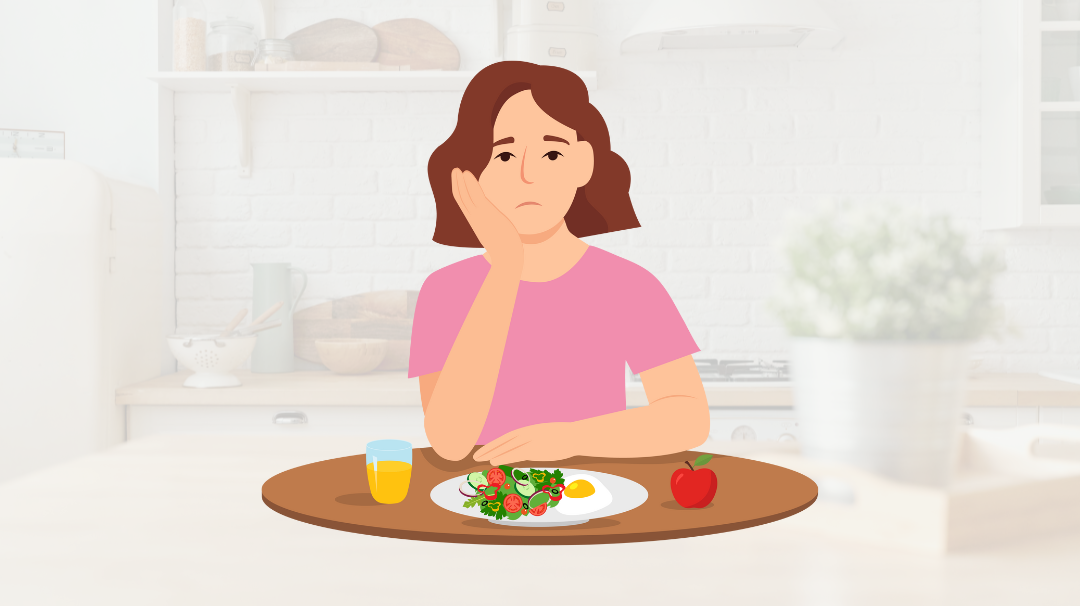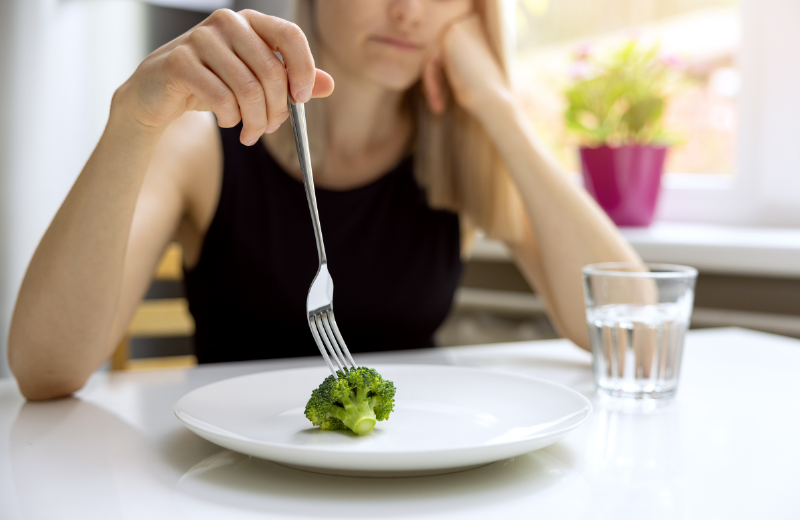Intro: When we picture someone with an eating disorder, we rarely imagine a male athlete or a middle-aged father. Yet 1 in 3 sufferers identifies as male, facing distinct challenges that often delay life-saving diagnosis.
1:The Invisible Sufferers
Society’s persistent framing of eating disorders as “female illnesses” creates devastating blind spots. Many men don’t recognize their own symptoms because media portrayals exclusively show underweight teenage girls. John, a 32-year-old engineer, recalls: “I thought my compulsive gym sessions and protein shakes were dedication—not disorder—until I passed out mid-repetition.” Cultural expectations further mask problems: Restrictive eating gets praised as “discipline,” binge episodes dismissed as “man-sized appetites,” and purging behaviors hidden behind “I’m just being sick” excuses after heavy meals. Men are also more likely to develop muscle dysmorphia—a dangerous obsession with leanness and bulk that drives extreme supplement use, steroid abuse, and dehydration rituals before competitions. Tragically, many healthcare providers share these biases; research shows doctors ask females 5x more often about eating concerns during routine physicals.
2:Body Betrayal in Silence
Male eating disorders manifest through distinct physical and behavioral patterns rarely covered in mainstream discussions. Unlike the pursuit of thinness common in females, men often fixate on achieving impossible muscularity through “clean eating” that morphs into orthorexia—an obsession with “pure” foods. You might notice a colleague:
- Weighing chicken breasts with jewelers’ scales at lunch
- Panicking when restaurants can’t provide exact macros
- Developing “cheat meal” rituals that escalate into 10,000-calorie binges Pain tolerance becomes dangerously glorified: “No pain, no gain” mantras justify training on stress fractures, while dehydration techniques (like spitting into cups all day to “make weight”) cause kidney damage. Many develop elaborate body-checking behaviors—constantly flexing in reflections, measuring biceps with tape—yet these compulsions get normalized as gym culture. The heartbreaking paradox? Men often feel proud of these destructive behaviors until organ damage surfaces.
3:The Diagnostic Maze
Getting diagnosed presents unique hurdles for male-spectrum individuals. Standard assessment tools like the Eating Disorder Examination Questionnaire (EDE-Q) contain female-centric language: Questions about “fear of weight gain” don’t capture men terrified of losing muscle definition. Medical red flags differ too:
- Low testosterone causing fatigue and depression (misdiagnosed as mental illness)
- “Ripped but frail” paradox—visible abs masking osteoporosis from hormonal crashes
- Cardiac strain from excessive stimulants (pre-workout powders, fat burners) Doctors often overlook telltale signs like: “When my patient mentioned taking 7 protein shakes daily, I praised his dedication—not realizing he was replacing all solid food.” —Dr. Evan Lee, sports medicine physician Compounding this, many men delay seeking help until crisis points due to stigma: “Asking for therapy felt like admitting weakness,” shares Michael, who developed bulimia during college football.
4:Recovery Roadblocks
Treatment environments frequently fail male patients. Group therapy sessions dominated by women discussing societal beauty pressures can alienate men struggling with athletic performance anxiety. Residential facilities designed for female bodies lack appropriate clothing sizes and weight equipment (often triggering relapse in muscle-focused disorders). Nutritional rehabilitation proves particularly complex: Men require higher-calorie meal plans to rebuild muscle without triggering “getting fat” fears—a nuance many dietitians miss. Tom’s recovery nearly derailed when his treatment team insisted on weight gain targets that ignored his weightlifting history: “They wanted me at 180lbs with 30% body fat—my healthy weight is 200lbs at 12%.” Family dynamics differ too; parents of sons often resist treatment, believing “boys don’t get these things,” while partners may enable behaviors by applauding extreme fitness regimes.
5:Toward Gender-Inclusive Healing
Recovery requires tailored approaches acknowledging male experiences. Jason’s breakthrough came when his therapist connected food restriction to childhood bullying: “We explored how ‘controlling my plate’ felt like armor against being called ‘weak.’” Effective strategies include:
- Reclaiming strength through non-appearance-focused activities (rock climbing, hiking)
- Muscle monitoring using functional metrics (“Can I lift groceries without injury?” vs. bicep size)
- Peer support groups like “Men Heal” discussing male-specific triggers Treatment must honor diverse expressions of distress: The teenager using over-exercise to cope with divorce differs from the CEO restricting meals to feel “in control” during bankruptcy. Crucially, we need more male clinicians—studies show men are 67% more likely to disclose symptoms to male therapists.
Conclusion
Eating disorders don’t discriminate by gender—but our recognition systems do. By seeing beyond the “thin white girl” stereotype, we can identify silent male sufferers earlier. Healing requires environments where a construction worker can discuss binge episodes as freely as a ballet dancer, where treatment plans honor muscle health as passionately as heart health, and where asking for help becomes an act of strength—not shame. Every man who speaks his struggle rewrites cultural assumptions, proving recovery wears countless faces.


